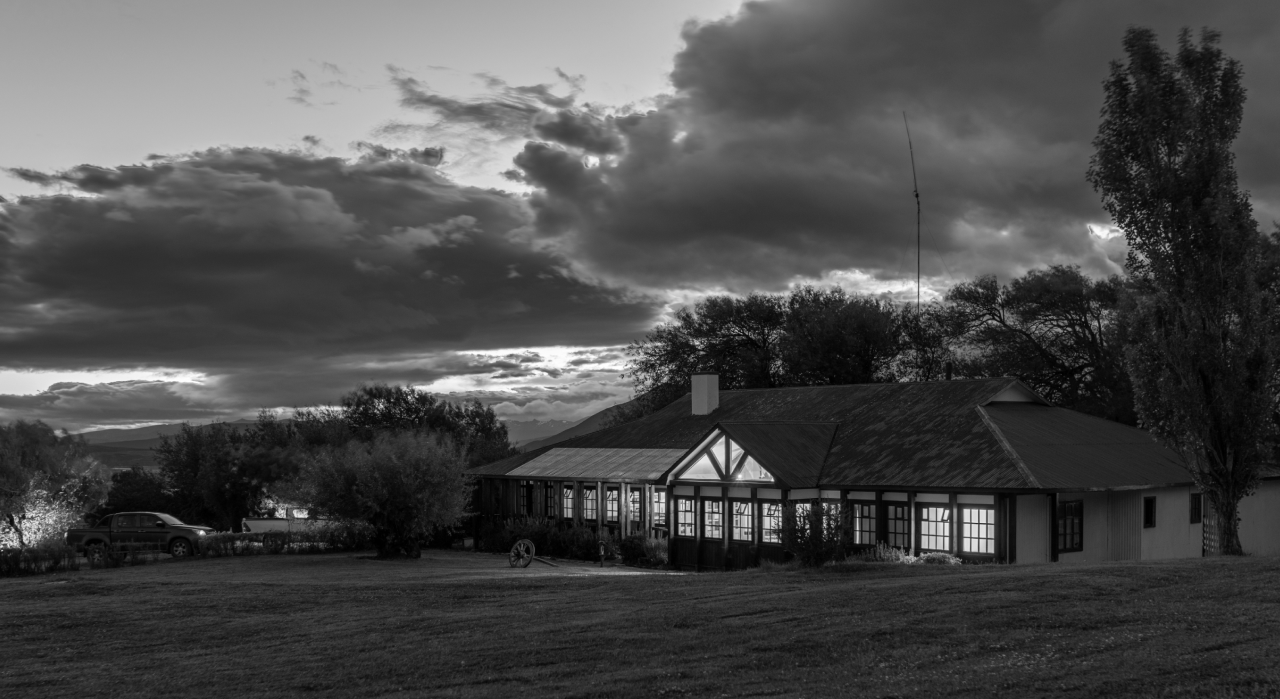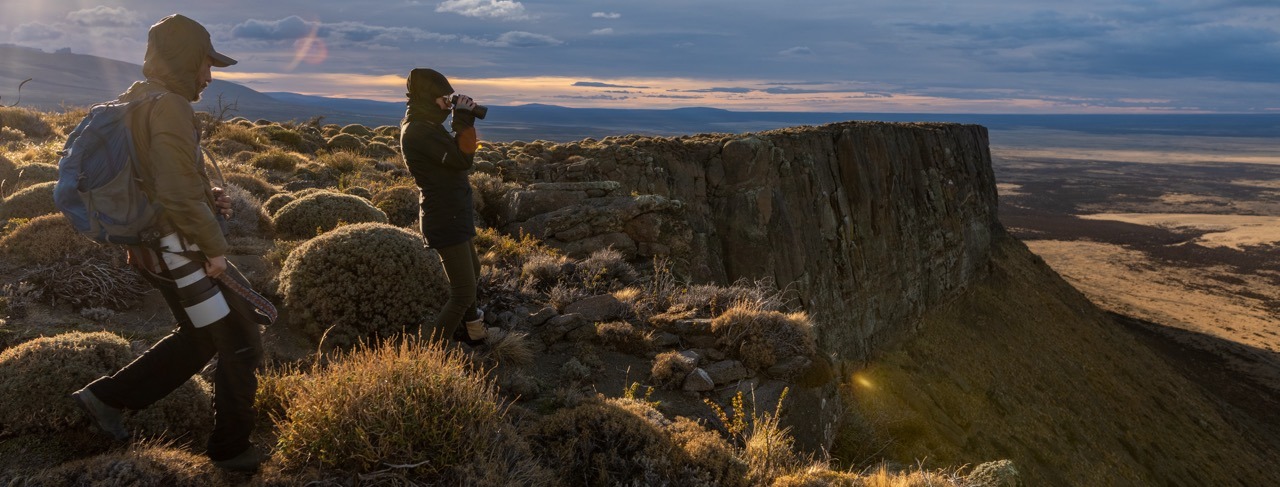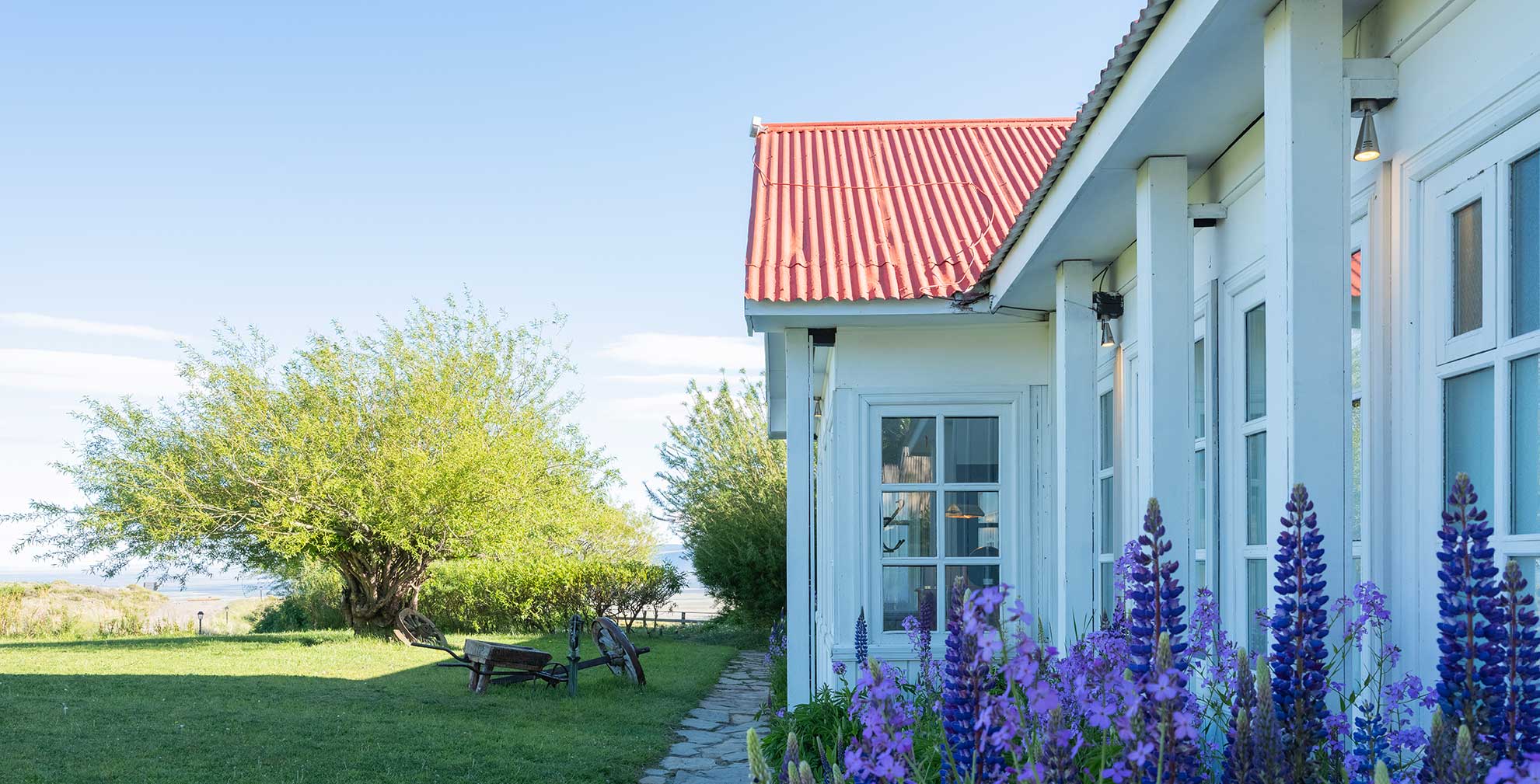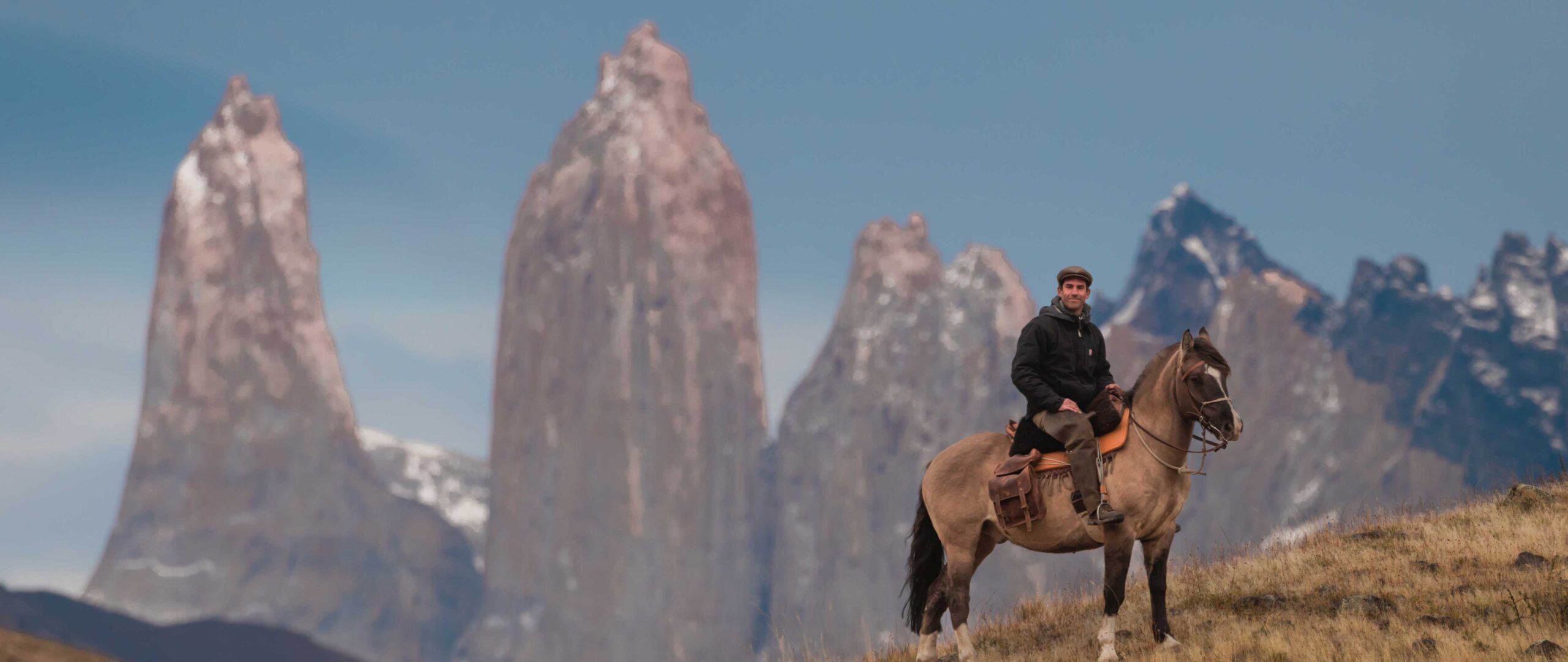16 February 2024

Architectural Study Begins at Puesto Las Flores
This is the first stage of the research led by the team formed by Macarena Fernandez, Nicolás Recabarren and Laura Villanueva.
In October, the project “Architectural survey of the Las Flores cattle station” began, led by anthropologist Macarena Fernández and architects Nicolás Recabarren and Laura Villanueva.
On Saturday 21 and Sunday 22, the first field visits were made where the researchers installed thermal measurement equipment and made the first conjectures about the post, in addition to recovering samples to analyze the site material.
Puesto Las Flores
The Las Flores Cattle Station is one of the most researched and particular buildings on the grounds of Estancia Cerro Guido, due to the fact that it is built of “adobe”(mud), a material that is not commonly used in the Region of Magallanes and Chilean Antarctica.
Specifically, Puesto Las Flores is located at kilometer 6.5 of Route Y-135 on the Sonia de Lourdes Estancia of the current Cerro Guido cattle ranch and was built at the end of the 19th century by the French immigrant businessman, Alejo Marcou.
From this position, a large part of the Sierra Baguales can be observed, highlighting the panoramic view of Cerro Tridente, located on land belonging to Argentina.
The fact that it is built of adobe is very peculiar because it would be the only construction based on this material in the whole region. This aroused the curiosity of the researchers.
“Years ago, without coming together, we had been interested in Puesto Las Flores,” Laura commented. “Adobe is not used in the region”.

The Architectural Study
The project called “Architectural study of Las Flores cattle station: adobe construction in Torres del Paine, Magallanes” of the fund “Cultural Heritage – Regional Competition / Studies / Research, registration and study of cultural heritage” was awarded in April of this year and this weekend was the first field trip.
The research methods that will be used for this project are varied. One of them will be the Orthophotogrammetry technique, which is a photographic representation of a terrain, with which it is possible to take advantage of the informative content of the aerial photograph and make the same measurements in a graphic plan.

In addition, temperature measurements will be taken both outside and inside the building. The purpose of this study is to plot temperature fluctuations, which would be an indication of why adobe was used for the construction of this building.
The analysis of adobe samples will also be an important element in the project because it is located in an archaeological site of great value to the scientific community.
“The adobe blocks could very well have fossils inside them,” said anthropologist Macarena Fernandez.

Research Projections
As we mentioned, this is a first approach to Puesto Las Flores, therefore we can assure that it will not be the only visit that the researchers will make.
In fact, within the project plans, it is expected that there will be a field visit by architecture students from the Universidad de Magallanes, where Laura Villanueva teaches.
Macarena Fernandez affirms that “these investigations give a value to the identity of the Magallanes Region and we hope to be a precedent for future cultural and patrimonial projects”.
The Puesto Las Flores is certainly a peculiarity within all the cultural and material heritage of our country, therefore, projects of this type generate a value to the essence and identity of the southern culture of Chile.



